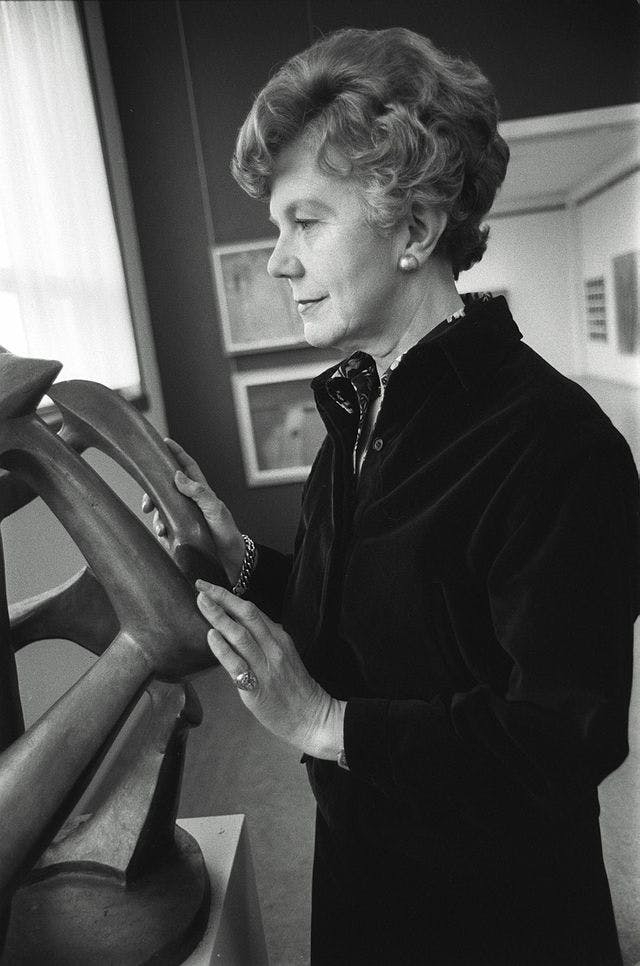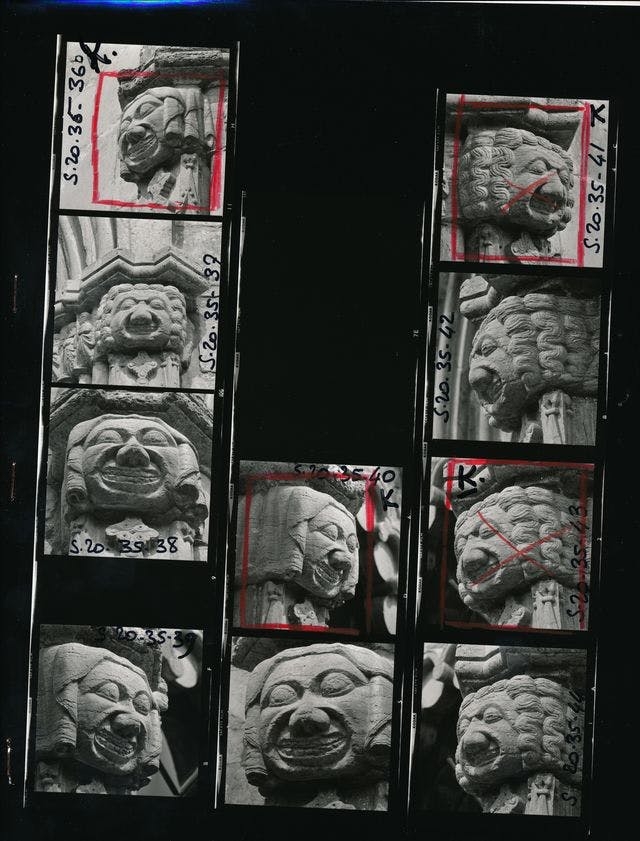Dr. Selma Jónsdóttir – Centennial
22.8.2017 — 22.10.2017

Dr. Selma Jónsdóttir (22.8. 1917 – 5.7. 1987), director of the National Gallery of Iceland, was a pioneer in the field of art research and museum practice in Iceland. She was the first Icelander who graduated with a degree in art history and worked in Iceland. In 1960 she was the first woman awarded a PhD by the University of Iceland.
Sigþrúður Selma Jónsdóttir, born in Borgarnes, West Iceland, on 22 August 1917, was the youngest daughter of shopkeeper Jón Björnsson and his wife Helga Björnsdóttir. After graduation from the Commercial College of Iceland she studied in Germany. In 1942 she went to Berkeley, University of California, to study art theory, and completed her BA in art history in 1944 from Columbia University in the city of New York. She pursued further study at the Warburg Institute, School of Advanced Study, University of London, and at Columbia in New York, completing her MA there in 1949. In 1960 Selma Jónsdóttir earned her doctorate from the University of Iceland for her thesis (translated into English as An 11th-century Byzantine Last Judgement in Iceland). In her thesis she demonstrated that carved wooden boards from Flatatunga, North Iceland, had originated as part of a medieval Last Judgement scene in the Byzantine style. Alongside her professional work at the National Gallery, Selma always pursued research on art and wrote about her findings; she did groundbreaking work in her research on medieval art in Iceland.
When the National Gallery of Iceland moved in 1950 into the new National Museum of Iceland building on Suðurgata, where it was allocated the top floor, Selma was appointed as its first and only staff member. In 1953 she was appointed curator of the collection, and in 1961 director. She remained in that post until her death in 1987. The National Gallery had been a department of the National Museum, and after it became an autonomous body it fell to Selma to establish a framework for the Gallery's work and policies. From the outset the National Gallery had limited space and funding, but with determination and care she succeeded in developing and expanding the collection. A vital aim was for the National Gallery to acquire its own home in central Reykjavík, which was always a high priority for Selma. Through her efforts the National Gallery acquired the former ice-house at Fríkirkjuvegur 7 in 1972. Sadly, she did not live to see the National Gallery open in its new home. The first exhibition in the new National Gallery, a retrospective of Icelandic art 1900–1987, opened in January 1988.
When Selma Jónsdóttir joined the National Gallery of Iceland, the collection comprised just over 1,000 works. By the time of her death the number of catalogued pieces was five times more. The collection spans art from the mid-19th century to the present day, providing a good overview of Icelandic art history. Many works in the collection have been donated to the National Gallery; the goodwill of both artists and patrons has long been of vital importance to the National Gallery. During Selma's time, the National Gallery also purchased over 1,000 diverse works by artists of different times.
In Selma's time the National Gallery held far more exhibitions than before. Exhibitions from the collection were held on the National Gallery's premises, around Iceland and also abroad, in addition to many exhibitions by individual artists, both Icelanders and others; and the National Gallery sought to present international art to Icelanders. Selma also urged the compilation of an extensive archive of sources and documents about Icelandic art and artists – which has played an important role in research into art history by scholars and students at all educational levels.
Selma was keenly interested in contemporary art, and devoted her life to the advancement of Icelandic art. In recognition of her professional and scholarly work, in 1979 Selma Jónsdóttir was awarded the Knight's Cross of the Icelandic Order of the Falcon. She also received decorations from other Nordic countries.



